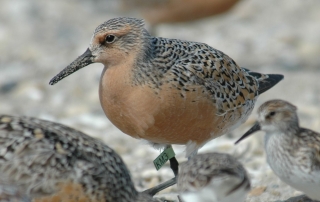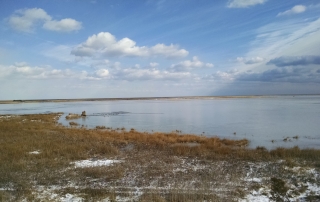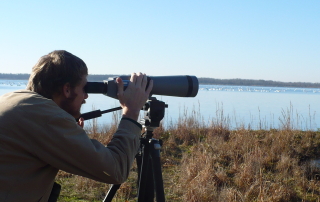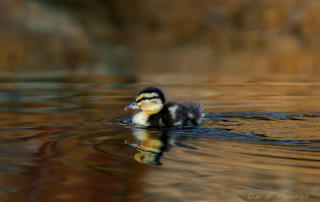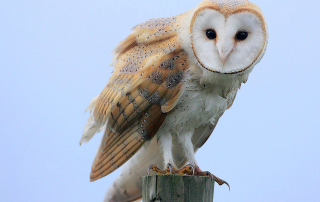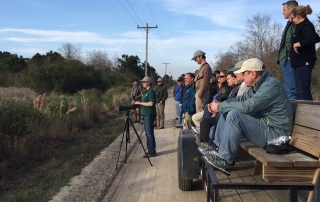Atlantic and Great Lakes Sea Duck Migration Study
The Sea Duck Joint Venture (SDJV) launched an ambitious, large-scale satellite telemetry study of sea ducks in the Atlantic Flyway in 2009, with more than 300 transmitters deployed so far by study partners. Target species include all three scoters (black, surf, and white-winged) and long-tailed ducks. The overall goal of the study is to improve [...]


